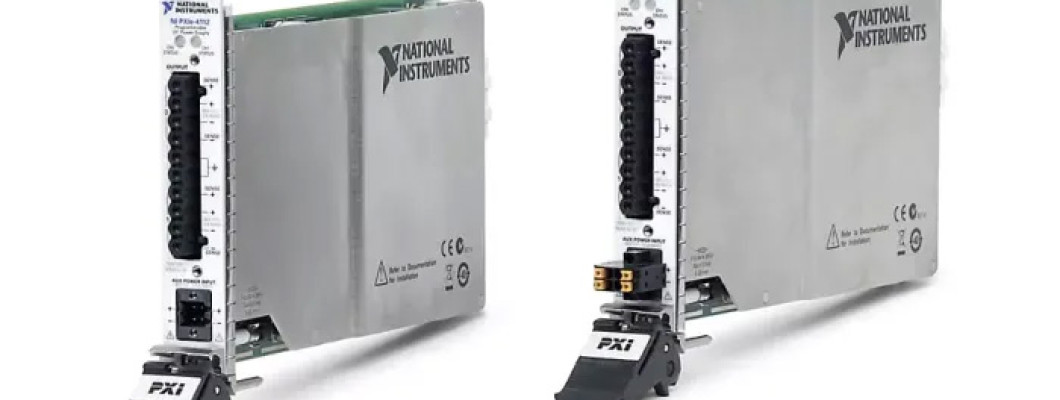
Setting Up a Thermal Chamber and DAQ for Cyclic Electronics Testing
Published by: Sohoprolab Editorial Team | Date: July 8, 2025
Introduction
Environmental stress testing is essential for qualifying electronic components in applications ranging from automotive to aerospace. By using a thermal chamber and DAQ system, engineers can simulate extreme temperature cycling and monitor device responses in real time. This article covers how to integrate programmable chambers with modular data acquisition (DAQ) systems — such as PXI or CompactDAQ — for reliable, automated thermal testing and performance logging.
What Is Cyclic Thermal Testing?
Cyclic testing subjects electronics to repeated transitions between hot and cold temperatures (e.g., –40 °C to +125 °C), exposing thermal fatigue, solder joint issues, and material mismatches. It is a key method in HALT, HASS, and burn-in validation procedures. Typical test durations range from hours to weeks depending on use-case and failure criteria.
Key Components of the Test Setup
- Programmable thermal chamber: Controls ambient temperature with precision over set dwell/transition periods
- DAQ system: Measures temperature, voltage, resistance, current, or sensor output during cycles
- Thermocouples or RTDs: Placed directly on DUT (device under test)
- Control software: LabVIEW, Python, or vendor GUI to synchronize measurement and cycling
- Power supplies and loads: For active testing (biasing circuits during stress)
PXI or CompactDAQ systems offer scalable, high-speed measurement with rugged I/O for industrial and lab environments.
DAQ Hardware Selection
The right DAQ hardware depends on test complexity, number of DUTs, and signal types. Recommended platforms include:
- NI CompactDAQ: Ideal for 4–16 temperature channels using C Series thermocouple modules (e.g., NI 9213)
- NI PXIe Platform: Supports higher speed, synchronization, and multi-domain inputs (thermal + analog + digital)
- SCXI (legacy): Still in use for temperature sweep tests with RTDs or strain sensors
Explore modular systems in our CompactDAQ and PXI Platform categories.
Sensor Integration
Accurate thermal testing requires high-quality sensor placement and calibration:
- Thermocouples: Type K or T, fine-gauge, directly bonded to PCB traces or IC packages
- RTDs: Better linearity for precision measurements, especially at stable midrange temps
- Isothermal blocks: Recommended for accurate cold junction compensation
Use shielded wiring and twisted pairs to minimize EMI from power supplies and fans inside the chamber.
Thermal Chamber Control & Synchronization
Most programmable chambers support RS-232, USB, or Ethernet interfaces. Integration with DAQ software allows:
- Live read/write of chamber setpoints and internal sensor feedback
- Triggering measurements at thermal dwell points
- Data tagging by temperature ramp, soak, and cycle number
In LabVIEW, drivers are available for chambers from ESPEC, Thermotron, Tenney, and others.
Data Logging and Analysis
Test results are typically logged to CSV, TDMS, or SQL databases. Key metrics include:
- Time-to-failure (TTF)
- Parametric drift across cycles
- Thermal hysteresis in sensor readings
- Power consumption variations
Plotting data by cycle count and temperature reveals trends that allow engineers to predict failure modes and apply design corrections early.
FAQs: DAQ + Chamber Testing
- Can I control multiple chambers with one DAQ?
- Yes, provided your software supports multithreading and each chamber has a unique address or port.
- What sample rate is needed for thermal testing?
- Low rates (1–10 Hz) are usually sufficient, but high-speed events may require >100 Hz.
- Do I need calibration?
- Yes. Thermocouples should be calibrated periodically with reference probes to maintain accuracy.
Conclusion
Combining a thermal chamber with a modular DAQ system creates a powerful test platform for evaluating the reliability of electronic components under extreme environmental conditions. Whether you're running stress qualification or long-term burn-in tests, PXI and CompactDAQ platforms offer the flexibility, precision, and scalability needed. Browse our CompactDAQ and PXI Platform sections for complete thermal and electrical test solutions.
